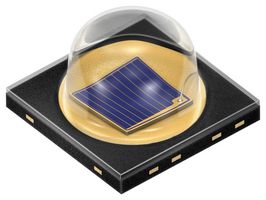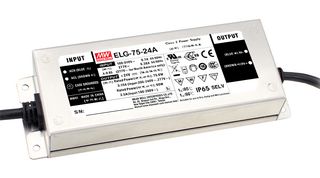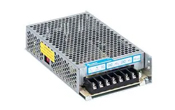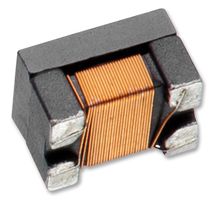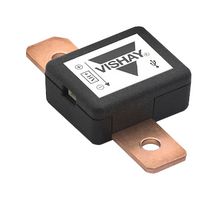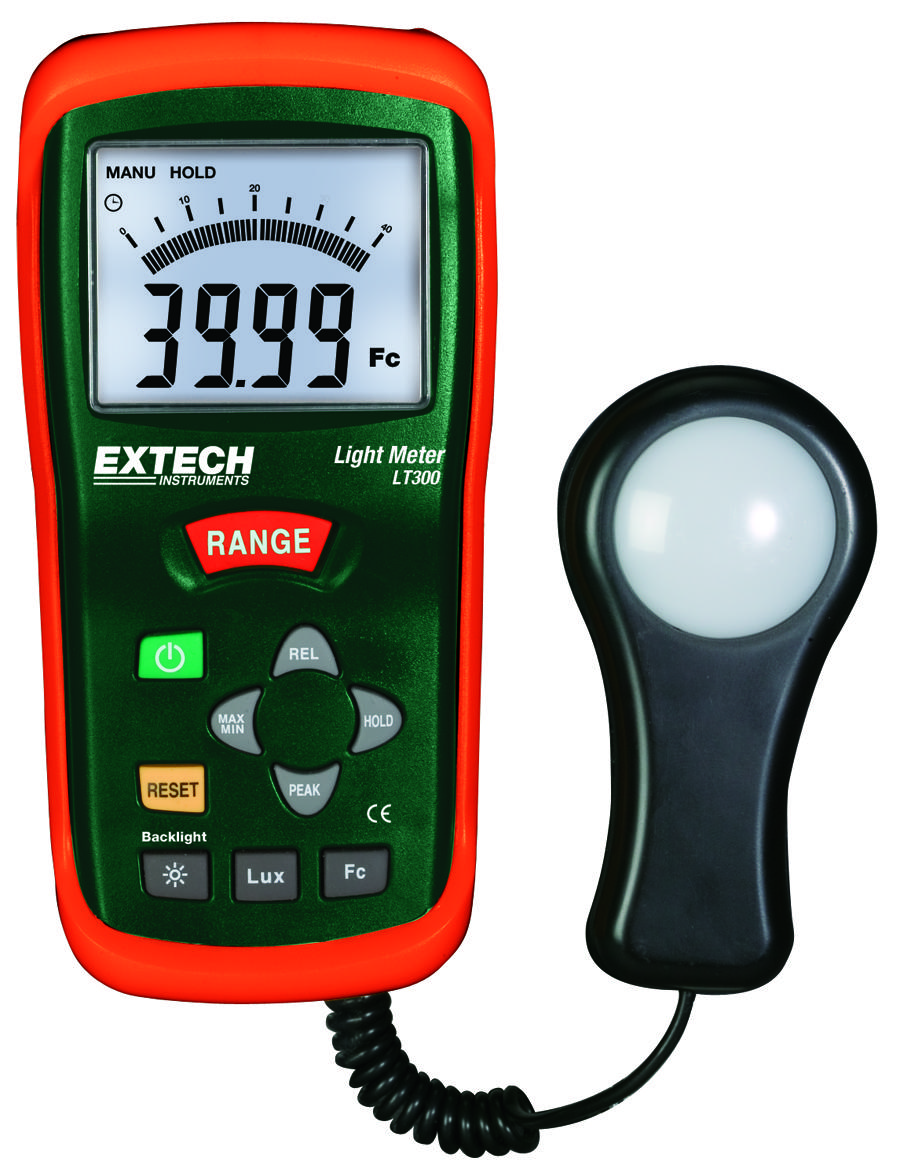Lighting
Electric lighting began to be developed many years ago and continues to be refined in the present day – Getting SMARTER. Lighting technology is broadly classified mainly into four types of lighting; Incandescent, Fluorescent, Halogen, LED (Light emitting diode). Each produces light using a different technique and each is manufactured a different way. Among these four technologies, LEDs are the most popular form of artificial lighting and are essential to modern society. There are of course other lighting technologies but less commonly used, including neon, argon, plasma, oil, carbon, carbide, metal halide, sodium vapour and xenon.
Traditionally based on the lighting fixture style lighting is classified into two types; Lamps and LEDs. Lamp, a replaceable component that produces light from electricity, could be an Incandescent lamp, fluorescent lamp or halogen lamp. LEDs were treated differently in the past but as LED lighting technology is rapidly progressing LEDs offer a tremendous opportunity. Nowadays LEDs are also packaged into arrays and many other configurations for the innovation in lighting form factors and fit a wider breadth of applications than traditional lighting technologies.
Read moreStay informed
Keep up to date on the latest information and exclusive offers!
Subscribe now
Thanks for subscribing
Well done! You are now part of an elite group who receive the latest info on products, technologies and applications straight to your inbox.
Building blocks of Lighting Technology
Roll over the icons below for more information
LED Modules
LED Products
LED Products
Optics
LED Drivers and Power supplies
LED Drivers and Power supplies
Lighting Products
Industrial Lighting product
Interconnect and components
Thermal Management
Thermal Management
Light Sensors
Displays
UV & IR Components
UV & IR Components
Test & Measurement
Dev Kit
Dev Kit
- LED / Lighting Development Kits
- Application Specific & Reference Design Kits
- Hobby / Education Development Kits
- Power Management Development Kits
- Development Boards & Evaluation Kits - Miscellaneous
- RF / Wireless Development Kits
- Raspberry Pi
- Arduino
- Other Embedded Computers
- Micro:bit
- ARM
- Lamp & Opto Kits
High-Bright LEDs (HBLED)
High-Brightness LEDs are a new generation of LEDs which are bright enough for illumination applications, like interior and exterior lighting, architectural illumination, projection display, display backlights, signage and automotive. As the name suggests these high brightness LEDs offer much higher levels of luminosity than the standard LEDs. One of the chief reasons for using high brightness LEDs is their improved efficiency over other types of lamp. It is worth comparing HBLEDs with other lamps in terms of lumens per watt.
High brightness LED are LED that produces over 50 lumens (1 candela = 12.75 lumens). It should not be confused with high power LEDs. Although they may be one and the same, high power refers to the power consumption and not the light output. Generally, it is assumed that a high power LED consumes more than 1 watt in power.
HBLED is energy efficient, eco-friendly, low power, and last longer than the average compact fluorescent and incandescent bulbs. High brightness LEDs have a number of advantages like Brighter, Longer life, Low Cost, RoHS manufacturing compatibility over the standard LEDs. Precision designed optics, multiple distributions, lumen outputs and color temperatures make the HBLED ideal for industrial, commercial, manufacturing, gymnasium and other applications that utilize traditional HID and linear fluorescent high bays.
The High Brightness LED requires a much higher forward current of 350 mA, more than a microcontroller I/O can provide. One solution is to power the LED directly from the main supply and add a MOSFET in series with the LED to control the brightness. The second method is to use Digital Signal Controllers which provides several features which allow for precise control of high brightness LEDs. These features include a High-Speed 10-bit Analog-to-Digital converter with up to 4 million samples per second, a flexible high-speed PWM, a high-speed analog comparator with a fast 20 nanosecond response time, and a flexible clock scheme with 40 MIPS operation speed.
Lamps
Artificial lighting is based on systems: lamps, ballasts, starters, luminaires and controls. Ballasts are needed for discharge lamps to connect the lamp to the mains. Lamps, ballasts and starters are mounted in the luminaire with the wiring and lamp bases, reflectors distribute and redirect the light emitted from the lamp and louvers shield the user from glare. Ballast providing a controlled current to the lamps is an essential component of any discharge lighting system. Electronic ballasts complying with CELMA energy efficiency scheme classes A1 and A2 are the major power savers.
The following characteristics are to be considered when choosing a lamp for an application: luminous efficacy, lamp life, quality of light, effect of ambient circumstances, luminaire, purchase and operation costs.
The different types of lamps used are Incandescent lamp, Tungsten halogen lamps, Fluorescent lamp, Compact fluorescent lamps, High-Intensity Discharge lamps, Mercury Lamps, Metal halide lamps, High-pressure sodium lamps, Electrode less lamps. Each of these lamp types has experienced a steady march of small improvements in material, design, light quality, energy efficiency and manufacturing efficiency throughout the past century.
In an incandescent lamp, which is also called General Lighting Service Lamp (GLS), light is produced by leading current through a tungsten wire. The working temperature of tungsten filaments in incandescent lamps is about 2700 K. Therefore the main emission occurs in the infrared region.
Tungsten halogen lamps are derived from incandescent lamps. Inside the bulb, halogen gas limits the evaporation of the filament and redeposits the evaporated tungsten back to the filament through the so called halogen cycle.
A fluorescent lamp is a low-pressure gas discharge light source, in which light is produced predominantly by fluorescent powders activated by ultraviolet radiation generated by discharge in mercury. The performance of a fluorescent lamp is sensitive to the ambient temperature.
The CFL is a compact variant of the fluorescent lamp. The overall length is shortened and the tubular discharge tube is often folded into two to six fingers or a spiral. For a direct replacement of tungsten filament lamps, such compact lamps are equipped with internal ballasts and screw or bayonet caps.
In mercury lamp light is produced with electric current passing through mercury vapour. An arc discharge in mercury vapour at a pressure of about 2 bars emits five strong spectral lines in the visible wavelengths at 404.7 nm, 435.8 nm, 546.1 nm, 577 nm and 579 nm.
Related product categories
LED Drivers
LEDs are making their entrance into the lighting field using modern high-efficiency semiconductor material compounds and structures. Solid-state lighting (SSL), offers new possibilities and advantages for the end-user. By using appropriate drivers, control strategy and LEDs, the qualitative and quantitative aspects of the light can be fully controlled. LED drivers are low-voltage devices that convert the line-voltage 120/220/277 V power to the low voltage needed for the LEDs, and may also interpret control signals to dim the LEDs. LED drivers come in either constant current or constant voltage. These two types of drivers are NOT interchangeable, and it is the design of the LED load that determines which driver is appropriate. Both LED lamps and LED fixtures require LED drivers.
There are two ways to control the brightness of an LED. The first method is using Analog dimming, which involves varying the forward current through the LED to adjust the brightness. The second method uses a digital dimming technique involving switching the forward current on and off for short periods of time. The human eye averages these on and off times together for a perceived brightness.
The cheapest and most basic way to drive LEDs is to use a constant voltage power supply and a resistor in series with the LED to limit the current flowing through it. The selected resistance depends on the magnitude of the voltage source (VIN), on the value of the LED’s forward voltage and the forward current of the LED.
Linear power supply (LPS) is an economical, simple and reliable way of driving LEDs. LPSs are based on either integrated circuit (IC) linear regulator or on bipolar junction or field effect transistors operating in the linear region. Switched-mode power supplies (SMPS) lack the main drawbacks of linear power supplies and are therefore the main solution to drive LEDs. Because LEDs are DC components, just DC/DC and AC/DC SMPS types are considered. Efficiency, controllability, small size and low weight are their main advantages over the linear power supplies. An SMPS can provide, if necessary, high currents (e.g., more than 30A) at very low voltages.
The selection of the most appropriate topology to drive LEDs depends on the standards, specifications and application requirements like operation environment conditions, system input voltage, LEDs’ forward voltage, number of LEDs and circuit array.
Intelligent drivers are usually based on ASICs switching microcontrollers which include programmable flash memory (EEPROMs), several on-chip Pulse-Width Modulation (PWM) controllers, ADCs (analogue-to-digital converter) and DACs (digital-to-analogue converter) channels. Microcontroller-based LED drivers bring additional benefits such as operational flexibility, efficiency, reliability, controllability and intelligence to the system.
Related product categories
LED Bars & Strips
An LED strip light is a flexible circuit board that is populated with LEDs that you can stick almost anywhere you want to add powerful lighting in a variety of colors and brightness. The use of flexible LED strip lights is rapidly rising in modern lighting design around the world. Architects and lighting designers are implementing LED strip lights into residential, commercial, and industrial projects at an increasing rate. This is due to an increase in efficiency, color options, brightness, and ease of installation. There are many options available in the market for LED strip lights (also known as LED tape lights or LED ribbon lights), like DC LED flexible strips, AC LED flexible strips and High Power LED strips.
LED flexible strip produces an incredible amount of light and can be used for task lighting, backlighting, desk lighting, garage lighting, and are also good for accent lighting, under cabinet lighting, bar lighting, refrigeration, industrial applications, photography and more. There are color changing strips called as RGB strips. These LED lights can display any Red-Green-Blue combination color. These strips require a controller to change colors in flashes or stay on one selected solid color.
When buying LED strips it is important to not only look at the length of the strip but also a number of LEDs in the length. Ideally, you should look for the strip lights that have the highest amount of LEDs per foot. Make sure you take note of the Lumens/length along with the LEDs/length as this will have a strong effect on light quality and the type of light the strip gives off. First thing when looking for a power supply is knowing what input voltage your LED Strips require. Some require AC/DC, 12V/24V…just make sure you know what your strip needs and get a power supply with that output. Then make sure the wattage of the power supply is at least 10% higher than the wattage your LED strips will consume.
LED strip lights are packaged on a reel (spool) of 5 meters, or 16' 5". The machines used to "pick and place" the LEDs and resistors on the flexible circuit board are typically 3' 2" in length, so individual sections are soldered together to complete a whole reel.
Related product categories
LEDs (Light Emitting Diodes)
A light-emitting diode (LED) is a semiconductor device that emits visible light when an electric current passes through it. The light is not particularly bright, but in most LEDs it is monochromatic, occurring at a single wavelength.
The material used in the semiconducting element of an LED determines its color. The two main types of LEDs presently used for lighting systems are aluminium gallium indium phosphide (AlGaInP or AlInGaP) alloys for red, orange and yellow LEDs; and indium gallium nitride (InGaN) alloys for green, blue and white LEDs. Slight changes in the composition of these alloys change the color of the emitted light. The output from an LED can range from red (at a wavelength of approximately 700 nanometers) to blue-violet (about 400 nanometers). Some LEDs emit infrared (IR) energy (830 nanometers or longer); such a device is known as an infrared-emitting diode (IRED).
Compared to most typical light sources used for lighting applications, LEDs still have relatively low light output, and therefore, will continue to be packaged into arrays and other configurations to be useful in such applications. At present, single white LED packages have reached nearly 100 lumens. Of course, the light output varies depending upon wavelength. LEDs are important because due to their efficiency and low energy, they are beginning to replace most conventional light sources. LEDs are incorporated into bulbs and fixtures for general lighting applications. Small in size, LEDs provide unique design opportunities. Some LED bulb solutions may physically resemble familiar light bulbs and better match the appearance of traditional light bulbs.
LEDs offer a tremendous opportunity for innovation in lighting form factors and fit a wider breadth of applications than traditional lighting technologies. LEDs use heat sinks to absorb the heat produced by the LED and dissipate it into the surrounding environment. This keeps LEDs from overheating and burning out. Thermal management is generally the single most important factor in the successful performance of an LED over its lifetime. The higher the temperature at which the LEDs are operated, the more quickly the light will degrade, and the shorter the useful life will be.
Featured content
Solution guide

TVS Diodes 101: A Guide to Choose the Right Circuit Protection
Protect your electronics with TVS diodes! From automotive to aerospace, ensure reliability, performance, and safety against surges, ESD, and overvoltage.
Article

Smart Digital Signage Solution Using Raspberry Pi
Discover Raspberry Pi's powerful, flexible, and cost-effective platform for digital signage. Perfect for high-quality media playback and AI-powered solutions.
Article

Revolutionizing Power Electronics: SiC and GaN Wide-Bandgap Semiconductors
SiC & GaN semiconductors boost efficiency, speed, and thermal performance in power electronics. Explore SSRs & EMRs for smart building automation
Solution guide

An introductory Guide on electrical fuses
A guide simplifies fuse selection by covering how fuses work, their types, standards, and key factors to consider. Ideal for hobbyists and engineers, it helps you choose the right fuse for any application.













